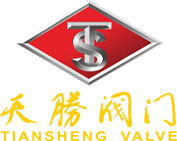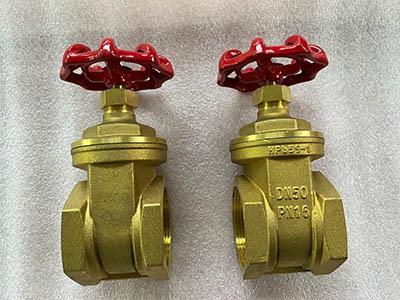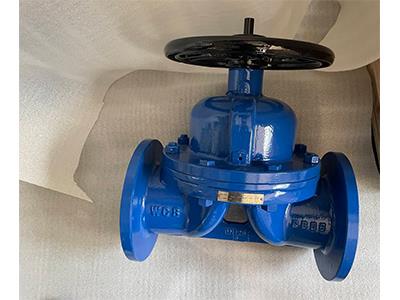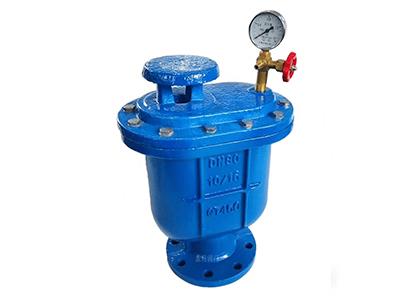I. Structural Features
A. Diaphragm Assembly
A weir-type diaphragm valve features a diaphragm that divides the valve into two sections: upper and lower. The diaphragm is typically made of soft and corrosion-resistant materials such as rubber or plastics. These materials can adapt well to different media and play a crucial sealing role.B. Weir Plate
Inside the valve body, there is a weir plate structure. The shape and position of the weir plate are key factors in the valve's flow control. The edge of the weir plate cooperates with the diaphragm. When the diaphragm contacts the weir plate, it can cut off the fluid passage.II. Working Principle
A. Opening Process
When the actuator (such as a handwheel, pneumatic or electric device) lifts the valve stem upward, it drives the diaphragm to move upwards. The diaphragm gradually moves away from the weir plate, and the fluid passage gradually opens, allowing the medium to pass through the valve.B. Closing Process
When the actuator pushes the valve stem downward, the diaphragm moves downward and tightly adheres to the weir plate, thereby preventing the flow of the medium and achieving valve closure.III. Performance Characteristics
A. Flow Characteristics
Weir-type diaphragm valves have good throttling and regulation performance. By adjusting the relative position of the diaphragm and the weir plate, the flow rate can be precisely controlled.
B. Sealing Performance
Due to the sealing effect of the diaphragm, when the valve is closed, it can effectively prevent medium leakage. This sealing effect is very important for fluids with strict leakage requirements, such as corrosive liquids or gases.C. Corrosion Resistance
The selection of diaphragm materials enables the valve to adapt to a variety of corrosive media. Different diaphragm materials can be used in fluid environments with different acidity and alkalinity levels.D. Applicable Media
It can be used for various fluids, including corrosive liquids (such as acid and alkali solutions), slurries containing solid particles, and gases.IV. Application Fields
A. Chemical Industry
In chemical production processes, it is used to transport and handle various corrosive chemicals. For example, it can be used to control the inflow and outflow of fluids in acid-alkali neutralization reaction devices.
B. Food and Beverage Industry
It is used to transport fluids containing solids such as pulp and syrup, while meeting food hygiene requirements. This is because the diaphragm valve can be easily cleaned and disinfected.C. Water Treatment Industry
In sewage treatment plants, it can be used to treat sewage containing impurities. It can also be used to control the dosage of chemicals in water supply treatment systems.








